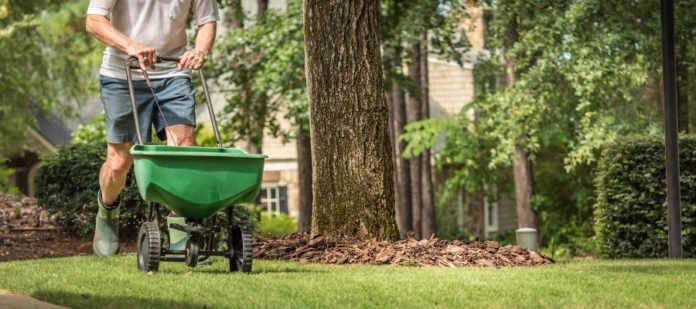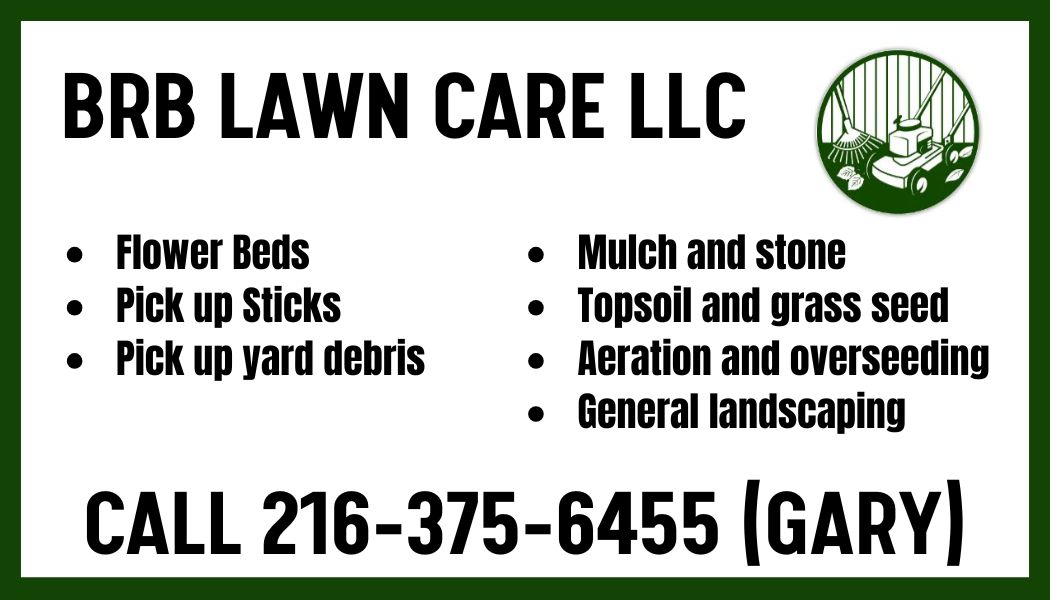Just like that, September is right around the corner, and with it comes cooler temperatures. To get ready for the change in seasons, there are several things homeowners need to check off their to-do lists. We cover some of the most essential steps to preparing your home for fall.
Clean your chimney
We all know an autumn evening simply isn’t complete without cozying up by the fireplace. If your chimney is filthy, however, you could unintentionally bring smoke and soot into your home. A dirty chimney is also potentially unsafe; it can bring carbon monoxide into your living space, or it can even catch on fire—but not in a good way. Have a professional inspect and clean it now, so you can enjoy nighttime fires when the outdoor air cools off.
Clear your gutters
You don’t want water to run down the side of your home when it’s chilly outside. To avoid this, remove the leaves and other debris out of your gutters and drainpipes. If necessary, upgrade them before the weather turns too cold.
Fertilize your lawn
Homeowners should fertilize in the fall before any snow covers the grass. Also, when you feed your grass during this time of year, it’ll quickly green up come next spring.
Inspect your HVAC system
Since you’ll have to pump heat throughout your home soon, make sure your HVAC system is in optimal shape. Clean your outdoor units, and remember to clear around them. You should also change your units’ filters, and clear the vents to improve overall efficiency. Make an appointment with your local experts as soon as you can if you experience any issues with your HVAC system.
Look at your basement
A basement is an important part of any home, so regularly examine it for potential issues. Look at your foundation and check for cracks. Sometimes, it’s hard to know whether cracks are worrisome, but they’re often the ideal way moisture and pests enter your home.
Seal up air leaks
It’s not uncommon for the fall months to bring high winds, which means you must make sealing cracks around doors and windows a priority. After all, you don’t want the cold to flow into your toasty living space. Properly seal any gaps or openings with caulk or weather stripping, and you should be all set.
Turn off and remove hoses and sprinklers
You won’t need to water your grass when there’s snow on the ground—put your hoses and sprinklers away until the weather warms up again. Otherwise, frost can cause water lines to crack, even when they’re shut off.






















